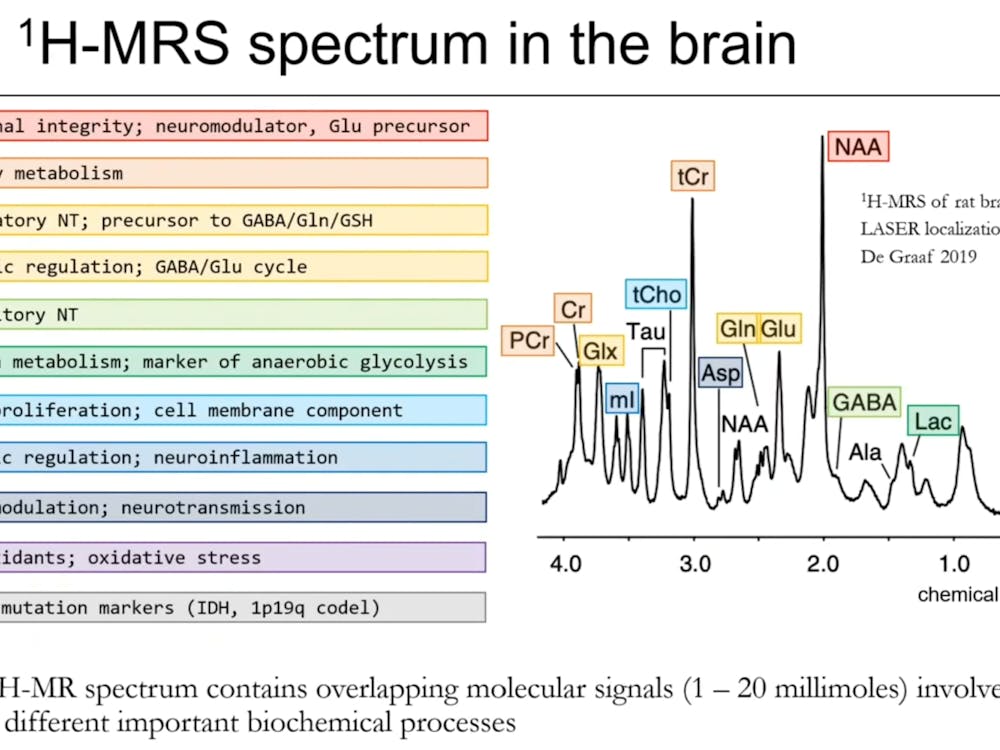There’s a modern parable about a man who loses his keys at night. Though he dropped them in the park, he searches beneath a streetlight. When a police officer asks why, the man replies, “Because this is where the light is.”
Many scientists and clinicians behave the same way — searching only where technology casts light, ignoring what lies in the dark: the ancient emotional circuits deep in the mind.
Research on inflammatory bowel disease (IBD), which includes Crohn’s disease and ulcerative colitis, remains rooted in microbiology and mucosal pathology. The focus stays on bacterial composition, genetic variants and inflammatory markers. Technologies like 16S rRNA sequencing and AI-driven analytics offer unprecedented insights into microbial ecosystems but also deepen our tunnel vision. Looking where the light is brightest limits understanding.
Modern medicine often mistakes symptoms for causes. For example, inflammation is the common denominator in autoimmune diseases from arthritis to Alzheimer’s. Medicine treats inflammation with NSAIDs or steroids, but rarely asks why. Perhaps IBD doesn’t begin in the gut at all, but in the brain’s emotional centers, where unresolved trauma and stress ignite the gut–brain–immune axis.
The prevailing IBD narrative is full of holes. Literature abounds with correlations, not causes. An endless list of bacterial shifts that never name a culprit. No bacterium is “the” pathogen. Even the concept of dysbiosis (a reduction in microbial diversity linked to inflammation) explains little. Observing symptoms does not explain disease or guide treatment.
From 1990 to 2021, global IBD incidence doubled, with more than three million Americans now living with the disease. Genetic change can’t move that fast, suggesting that something in lived experience must be driving the epidemic. Urbanization, with its crowding, reduced microbial exposure and relentless stress, emerges as a likely suspect. Epidemiology shows IBD is more common in cities, as are other stress-related disorders.
Psychoneuroimmunology, the science linking psychological states with immune outcomes, offers a bridge. The neural and immune systems work together to maintain balance. They detect danger, integrate signals and respond to preserve homeostasis. The body handles physical threats well, but with trauma and stress, the alarm keeps sounding long after the danger passes. Over time, the gut — a densely innervated and immunologically active organ — absorbs the cost of this constant emergency.
Often called the “second brain,” the intestine’s enteric nervous system (ENS) contains millions of neurons organized into local circuits that control digestion, secretion and immune signaling. These neurons constantly communicate with the central nervous system through the vagus nerve, forming a highway between emotion and physiology. Chronic stress hijacks this pathway. Neurons in the brain release neurotransmitters and cytokines that interact with immune cells, turning emotions into molecular messages.
A recent Cell study mapped this mechanism with precision. Psychological stress activates the hypothalamic–pituitary–adrenal axis, flooding the system with cortisol. Cortisol binds to its receptor in enteric glial cells, altering gene expression. These glial cells then secrete colony stimulating factor-1, a cytokine important for macrophage proliferation and differentiation, which prompts monocytes to become macrophages that release TNF, a pro-inflammatory cytokine long tied to IBD flare-ups. Stress, in effect, writes inflammation into the gut’s transcriptome. The ENS acts not as a passive relay but as a translator, converting distress into immune activation. This bridge between psychology and pathology is what reductionist research overlooks.
At first, the model seems paradoxical. Corticosteroids like prednisone, a synthetic glucocorticoid, treat IBD for their anti-inflammatory effects. Yet the same hormones, when secreted naturally during chronic stress, worsen inflammation. How can both be true?
When threatened, the body diverts energy to immediate survival, aka the fight-or-flight response, at the expense of long-term processes like immunity and repair. Cortisol channels resources accordingly. Trouble comes when the threat can’t be escaped, and the stress response stays on. As The Body Keeps the Score notes, unresolved trauma traps the body in ongoing vigilance, sustaining high cortisol and chronic immune activation.
Pharmacologic doses of prednisone mimic an acute stress response so forcefully that they suppress immunity. Chronic psychological stress, by contrast, keeps the body in low-grade alarm, where persistent cortisol exposure fuels inflammation instead of quelling it.
So, where does this leave clinicians and researchers? With a challenge: to think less mechanically and more humanely. Sequencing alone will not cure IBD. Healing may require as much listening as prescribing. Clinicians must hear the patient’s story — their stress, losses and traumas. Psychological stress may not be the only trigger of IBD, but it may be the first hit in a two-hit model, priming the immune system for overreaction when microbial or environmental insults follow.
IBD research, for all its sophistication, has been searching under the lamppost — sequencing, mapping and quantifying what can be seen. But the key may lie in the park, in the unseen intersections of emotion and biology. Only when medicine expands its scope can it illuminate not just the gut’s inflammation, but the mind’s pain that fuels it.





